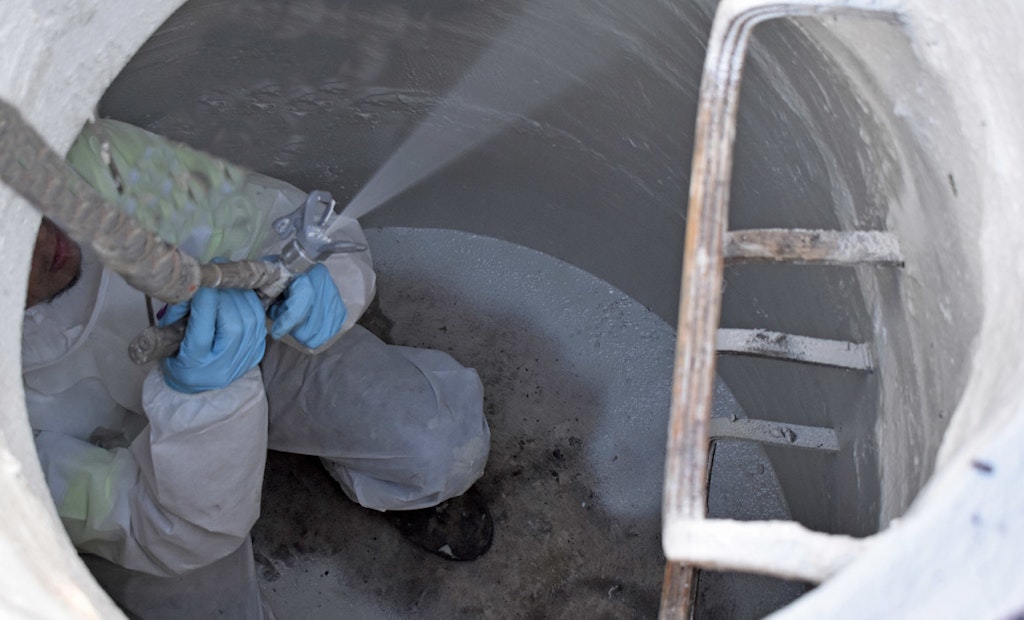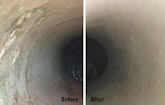
Epoxytec provides a variety of rehabilitative and lining solutions, focusing on applied, immersion rehab and lining products that protect against H2S and seal against I&I.
Epoxytec has been in the water and wastewater industry for 30 years. As a manufacturer of restoration compounds, epoxies and protective coatings, the company has played a part in countless infrastructure protection and rehabilitation projects.
Today, the company’s focus is on...







